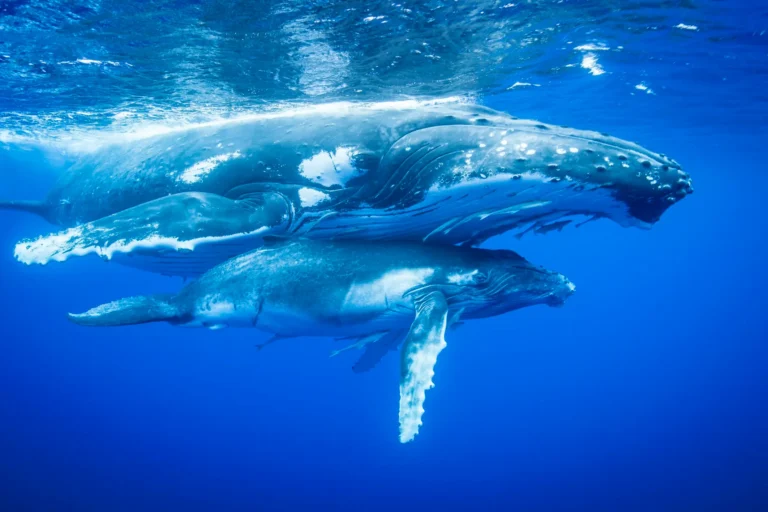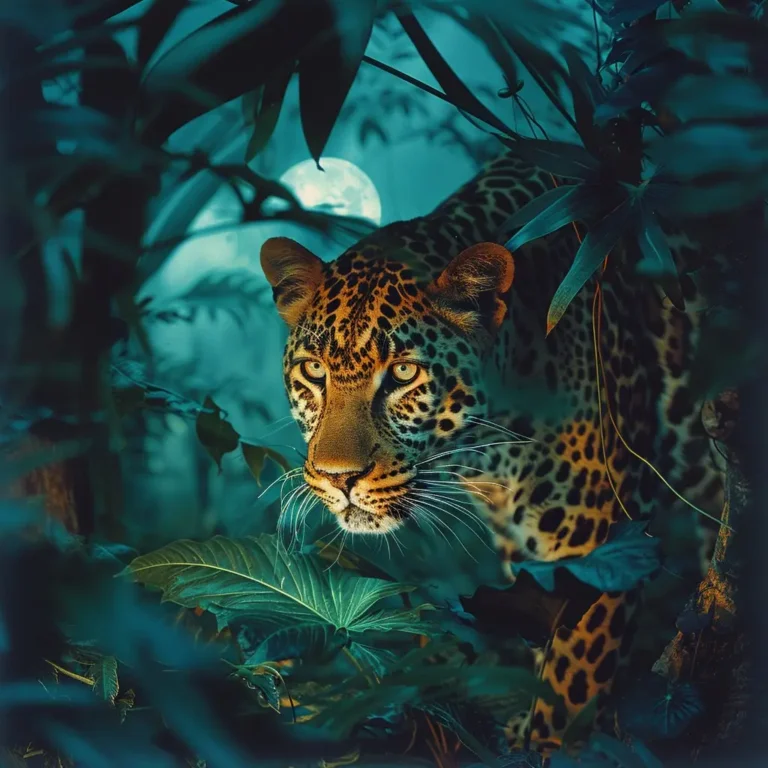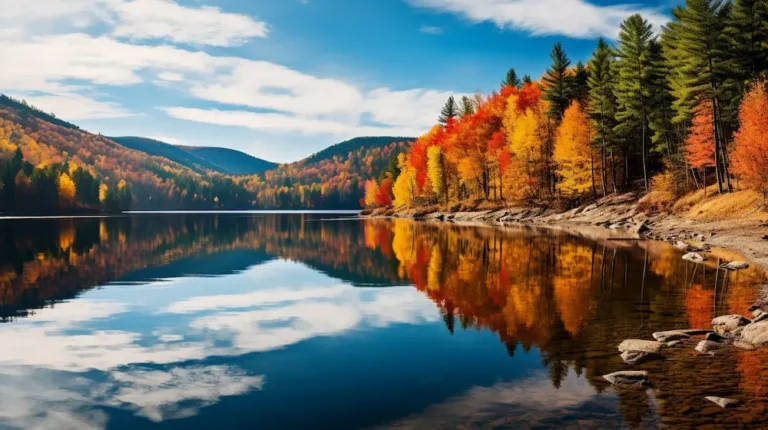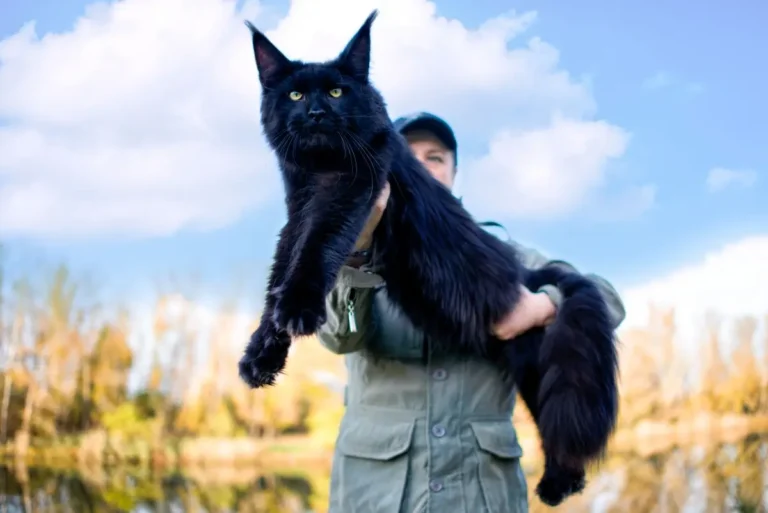Fun facts about zebras that will leave you seeing stripes! 🦓🌿 Explore the unique world of these striking animals and learn about their distinct black-and-white stripes, fascinating social behavior, and remarkable adaptations.
From their intricate patterns that help them blend into the wild to their roles in the savannah ecosystem, zebras offer a trove of intriguing facts that will make you appreciate their beauty and importance. Gallop into the wild and discover what makes zebras truly one-of-a-kind!
Interested in other animal’s facts, check out our curated list for more fun facts about animals.
Zebras are fascinating creatures, and they’re found exclusively on the African continent. Here’s a detailed look at where you can find them, their habitats, and some interesting facts about each species.
Where to Find Zebras
Distribution: You can find them in southwestern Africa, particularly in South Africa, Namibia, and Angola. They prefer rocky habitats and can often be seen in national parks like Mountain Zebra National Park in South Africa.
Zebra Species

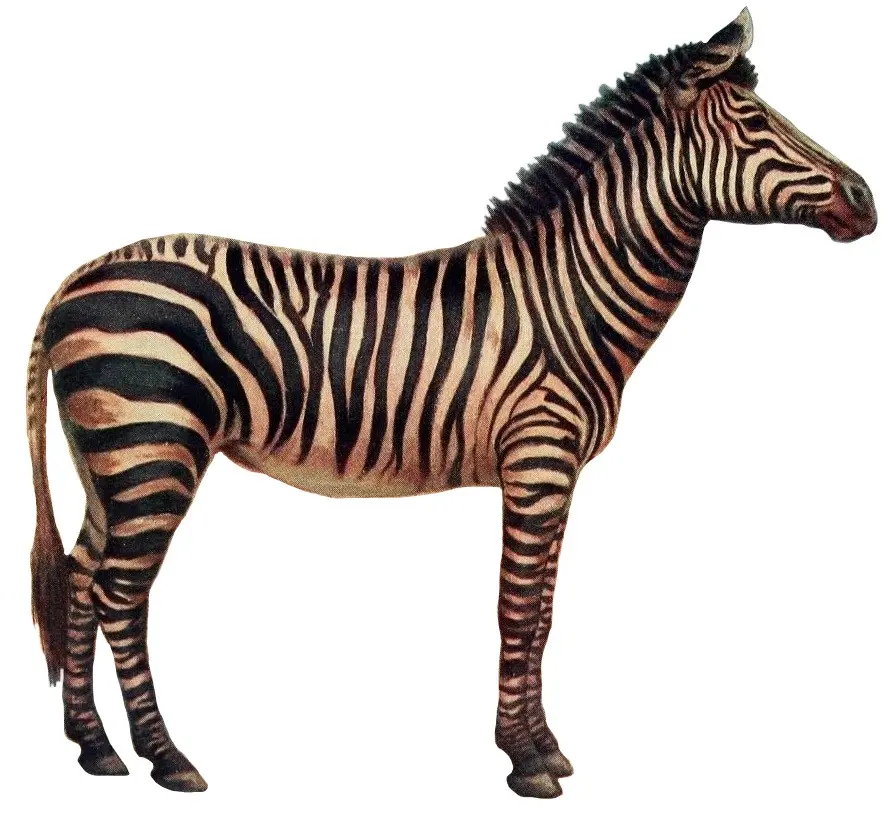

Plains Zebra (Equus quagga):
Habitat: The plains zebra is the most common species and can be found in a variety of habitats, including savannahs, grasslands, and open woodlands.
Distribution: They roam across eastern and southern Africa, including countries like Tanzania, Kenya, Botswana, Zimbabwe, and South Africa. The Serengeti National Park in Tanzania is famous for its large populations of plains zebras, especially during the Great Migration.
Habitat: This species prefers arid and semi-arid regions, often found in grasslands and shrublands.
Distribution: Grévy’s zebras are primarily located in eastern Africa, particularly in Kenya and southern Ethiopia. They are the largest of the zebra species and are distinguished by their narrow stripes and large ears. Unfortunately, they are classified as endangered, with populations declining due to habitat loss and hunting.
Habitat: Mountain zebras are adapted to live in rugged, mountainous terrains and dry upland areas.
60 Facts About Zebras
1. Zebras are like nature’s fingerprint.
Each zebra has a unique pattern of stripes, much like how we have unique fingerprints. This helps them recognize each other within their herds. Imagine trying to identify your friends in a crowd of striped shirts!
2. They can sleep standing up.
Zebras have a cool trick that lets them sleep while standing. They lock their leg joints, which keeps them upright. This way, they can quickly wake up and run if a predator approaches. But when they want a deep sleep, they’ll lie down, usually in a safe spot with their herd.
3. There are three species of zebra.
You’ve got the plains zebra, the mountain zebra, and the Grévy’s zebra. Each has its own unique characteristics and habitats. The Grévy’s zebra is the largest and has narrower stripes compared to the others.
4. Zebras use their stripes for camouflage.
Those black-and-white stripes aren’t just for show! They help zebras blend into the grasslands, making it harder for predators like lions to spot them. When they move in a herd, the stripes create a confusing visual effect.
5. Zebras are social animals.
Zebras live in groups called herds, which can consist of a dominant male, several females, and their young. They rely on each other for protection and often groom one another to strengthen social bonds.
6. They can run fast!
Zebras can sprint at speeds of up to 40 miles per hour (64 km/h). This speed is crucial for escaping predators. Picture a zebra racing across the savannah—pretty impressive, right?
7. Zebras have excellent hearing.
Their large ears can rotate independently, allowing them to hear sounds from different directions. This keen sense of hearing helps them detect predators before it’s too late.
8. Zebras are herbivores.
These guys primarily munch on grasses, but they also enjoy leaves, shrubs, and even bark when grass is scarce. They spend a lot of their day grazing, so they need to find fresh food sources regularly.
9. Zebras can recognize each other by their stripes.
Not only can zebras identify each other by their unique stripe patterns, but they can also recognize human faces! So, if you ever meet a zebra, make a good impression!
10. Zebras have a strong sense of smell.
Zebras use their keen sense of smell to find food and detect danger. They can sniff out predators or identify other zebras from a distance.
11. Zebras can be aggressive.
While they’re generally social, zebras can be quite aggressive, especially during mating season. Males may fight for dominance and access to females, using powerful kicks and bites.
12. Zebras are cousins to horses and donkeys.
Zebras belong to the same family as horses and donkeys, known as Equidae. They share many physical traits, but their unique stripes set them apart.
13. Zebras can travel great distances.
During dry seasons, zebras may migrate in search of food and water, sometimes covering hundreds of miles. They follow ancient migratory paths that have been used for generations.
14. Zebras have a unique greeting ritual.
When zebras meet, they greet each other by touching noses and rubbing their faces together. It’s like their version of a handshake!
15. Zebras have a remarkable memory.
Zebras can remember the locations of water sources and grazing areas, which is crucial for survival in the wild. They can also recognize other zebras and remember their social relationships.
16. Zebras can sleep in short bursts.
While they can sleep standing up, zebras often take short naps throughout the day. These quick rest periods help them stay alert to potential threats.
17. Zebras have a unique digestive system.
Their digestive system is specially adapted for processing fibrous plant material. They have sharp incisors for biting grass and large molars for grinding it down.
18. The plains zebra is the most common species.
Plains zebras are widespread across eastern and southern Africa, thriving in grasslands and savannahs. They are the most familiar zebra species and are often seen in wildlife documentaries.
19. Zebras can be found in various habitats.
From grasslands to mountainous regions, zebras are adaptable creatures. They can thrive in diverse environments as long as there’s enough food and water.
20. Zebras have a unique vocalization.
Zebras communicate using a variety of sounds, including barks, whinnies, and snorts. Each sound serves a different purpose, such as signaling alarm or contentment.
21. The Grévy’s zebra is endangered.
With fewer than 2,500 individuals remaining, the Grévy’s zebra is classified as endangered. Conservation efforts are crucial to protect this beautiful species from extinction.
22. Zebras can recognize facial expressions.
Studies show that zebras can differentiate between various facial expressions, helping them gauge the emotions of their herd mates. This ability is important for social interactions.
23. Zebras have a unique way of defending themselves.
When threatened, zebras will often form a semi-circle facing the predator, allowing them to kick and bite if necessary. This group defense strategy helps protect vulnerable members of the herd.
24. Zebras are known for their playful behavior.
Young zebras often engage in playful activities, such as running and chasing each other. This play helps them develop social skills and strengthen bonds within the herd.
25. Zebras have a unique grooming behavior.
Zebras often groom each other to remove parasites and strengthen social ties. This mutual grooming helps build trust and cohesion within the herd.
26. Zebras can recognize human faces.
Research suggests that zebras can identify individual human faces, which may help them differentiate between friendly and threatening humans.
27. Zebras have a distinctive appearance.
Their black-and-white stripes are not just for show; they serve multiple purposes, including camouflage and social recognition.
28. Zebras can be aggressive during mating season.
Males often compete for the attention of females, leading to fierce battles that can involve biting and kicking.
29. Zebras have a keen sense of sight.
Zebras’ eyes are positioned on the sides of their heads, giving them a wide field of vision to spot predators approaching from various angles.
30. Zebras have strong family bonds.
Zebras form close-knit family groups, with mothers and their foals spending a lot of time together. These bonds help protect the young and ensure their survival.
31. Zebras can live for about 25 years in the wild.
In the wild, zebras typically live for around 25 years, while those in captivity may live longer due to the absence of predators and access to veterinary care.
32. The mountain zebra has a distinctive dewlap.
Mountain zebras have a unique fold of skin on their necks called a dewlap, which is thought to play a role in communication and social interactions.
33. Zebras can be found in various colors.
While most people think of zebras as being black and white, some zebras can have a brownish tint to their stripes, depending on the species and individual variation.
34. Zebras are known for their strong social bonds.
Zebras form close relationships within their herds, often grooming each other to strengthen social ties. This behavior helps to build trust and cohesion among group members.
35. Zebras can recognize each other by their vocalizations.
In addition to their unique stripes, zebras can identify individual members of their herd by their vocal sounds, enhancing their social interactions.
36. Zebras are part of the horse family.
Zebras belong to the Equidae family, which includes horses and donkeys. They share many physical traits, but their unique stripes set them apart.
37. Zebras can be found in various habitats across Africa.
Zebras inhabit a range of environments, from savannahs and grasslands to mountainous regions, depending on the species.
38. The zebra’s diet is primarily grass.
Zebras are herbivores that primarily graze on grasses, but they also eat leaves, shrubs, and even bark when grass is scarce.
39. Zebras can recognize each other by their stripes.
Research suggests that zebras can identify individual members of their species by recognizing their unique stripe patterns, which helps maintain social bonds within herds.
40. Zebras are highly adaptable.
Zebras can thrive in various habitats, from grasslands to mountainous regions. Their adaptability allows them to find food and water in diverse environments.
41. Zebras are known for their striking appearance.
Their black and white stripes are not only visually striking but also serve multiple purposes, including camouflage and social recognition.
42. Zebras can recognize human faces.
Research has shown that zebras can differentiate between human faces and remember them, which may help them identify potential threats.
43. Zebras have a unique way of greeting each other.
When zebras meet, they often greet each other by stretching their necks forward and touching noses, which helps reinforce social bonds.
44. Zebras have a unique digestive system.
Zebras are herbivores with a specialized digestive system that allows them to extract nutrients from tough grasses. Their teeth are adapted for grazing, with sharp incisors for cutting and large molars for grinding.
45. Zebras can be aggressive.
While they’re generally social, zebras can be quite aggressive, especially during mating season. Males may fight for dominance and access to females, using powerful kicks and bites.
46. Zebras have excellent memories.
Zebras can remember the locations of water sources and grazing areas, which is crucial for survival in the wild.
47. The mountain zebra is a unique species.
Mountain zebras are adapted to live in hilly and rocky terrains, which helps them evade predators. They have a distinctive dewlap, a fold of skin on their necks, that is unique to the species.
48. Zebras have a unique grooming behavior.
Zebras often engage in mutual grooming, where they use their teeth to nibble at each other’s fur. This behavior helps strengthen social bonds and remove parasites.
49. Zebras can live in large herds.
During migration, zebras can form massive herds that may include thousands of individuals. This collective movement helps protect them from predators.
50. The plains zebra is the most common species.
Plains zebras are widespread across eastern and southern Africa, occupying a variety of habitats, including savannahs, grasslands, and woodlands.
51. Zebras can recognize each other by their vocalizations.
In addition to their unique stripes, zebras can identify individual members of their herd by their vocal sounds, enhancing their social interactions.
52. Zebras have a distinctive vocalization.
Zebras communicate using a variety of sounds, including barks, whinnies, and snorts. Each sound serves a different purpose, such as signaling alarm or contentment.
53. Zebras are known for their strong social bonds.
Zebras form close relationships within their herds, often grooming each other to strengthen social ties. This behavior helps to build trust and cohesion among group members.
54. Zebras can recognize human faces.
Research suggests that zebras can identify individual human faces, which may help them differentiate between friendly and threatening humans.
55. Zebras can be aggressive during mating season.
Males often compete for the attention of females, leading to fierce battles that can involve biting and kicking.
56. Zebras have a keen sense of sight.
Zebras’ eyes are positioned on the sides of their heads, giving them a wide field of vision to spot predators approaching from various angles.
57. Zebras have strong family bonds.
Zebras form close-knit family groups, with mothers and their foals spending a lot of time together. These bonds help protect the young and ensure their survival.
58. Zebras can live for about 25 years in the wild.
In the wild, zebras typically live for around 25 years, while those in captivity may live longer due to the absence of predators and access to veterinary care.
59. The mountain zebra has a distinctive dewlap.
Mountain zebras have a unique fold of skin on their necks called a dewlap, which is thought to play a role in communication and social interactions.
60. Zebras are part of the African ecosystem.
As herbivores, zebras play a crucial role in maintaining the balance of their ecosystem by grazing on grasses, which promotes new growth and helps sustain other grazing animals.
References
- National Geographic. (n.d.). Zebra Facts. Retrieved from National Geographic
- World Animal Protection. (n.d.). 5 Fascinating Facts About Zebras. Retrieved from World Animal Protection
- Treehugger. (2022). 10 Fascinating Facts About Zebras. Retrieved from Treehugger
- Wildlife Kenya Safaris. (n.d.). Interesting Facts About Zebras. Retrieved from Wildlife Kenya Safaris
- National Geographic Kids. (n.d.). Zebra Facts for Kids. Retrieved from National Geographic Kids
- Animalia. (n.d.). Zebra. Retrieved from Animalia
- BBC Wildlife. (n.d.). Zebras: Facts and Information. Retrieved from BBC Wildlife
- San Diego Zoo. (n.d.). Zebra. Retrieved from San Diego Zoo
- The Spruce. (n.d.). Zebra Facts and Information. Retrieved from The Spruce
- Storyteller Travel. (n.d.). 60 Zebra Facts for Animal Lovers and Africa Travelers. Retrieved from Storyteller Travel


